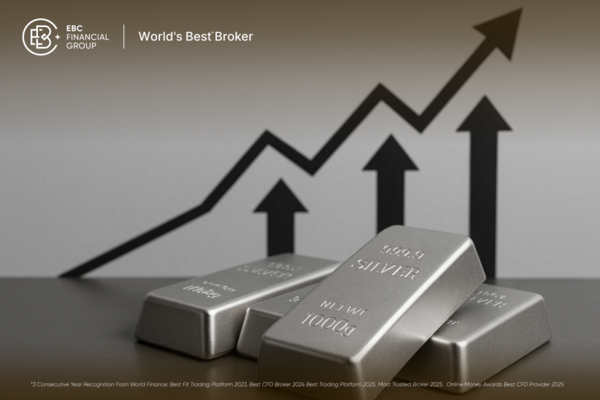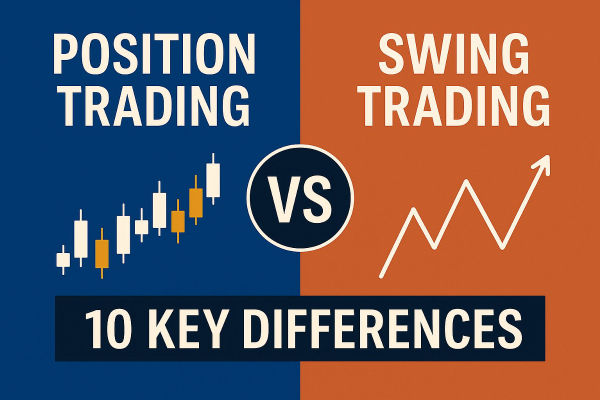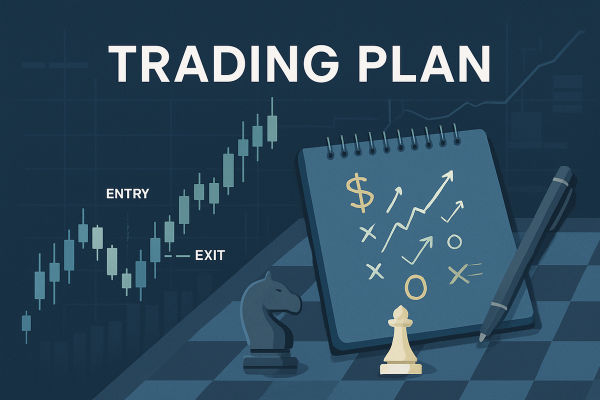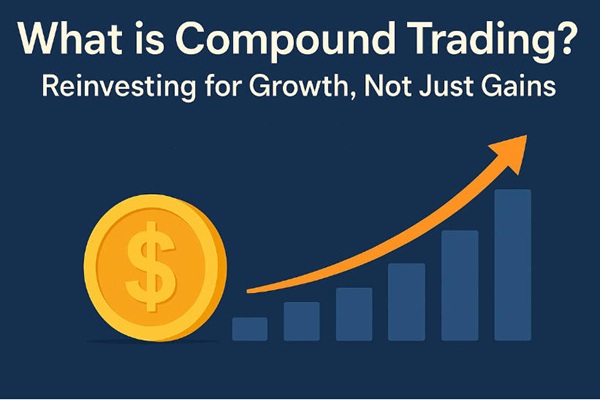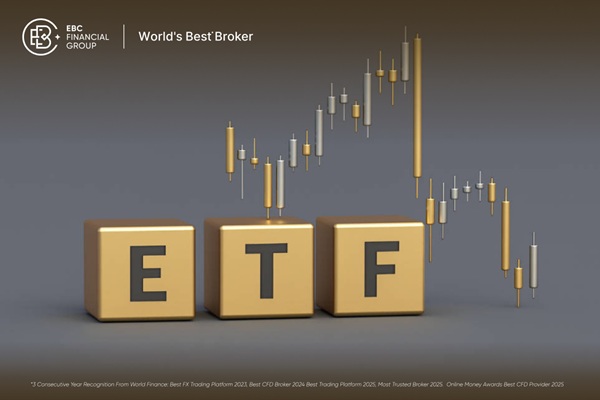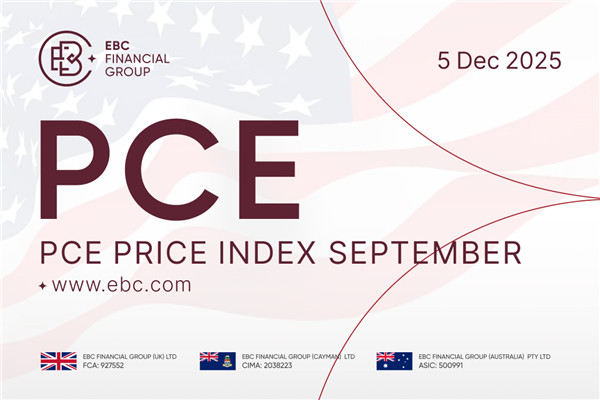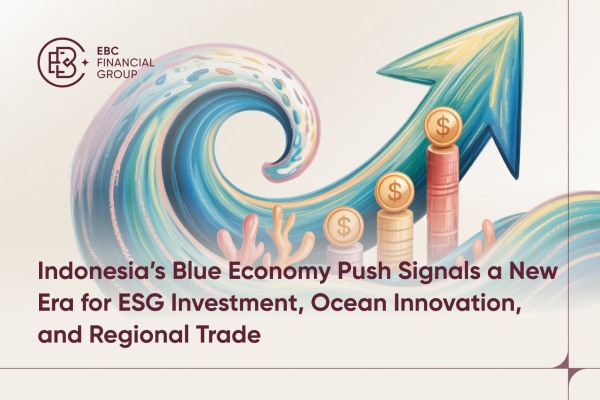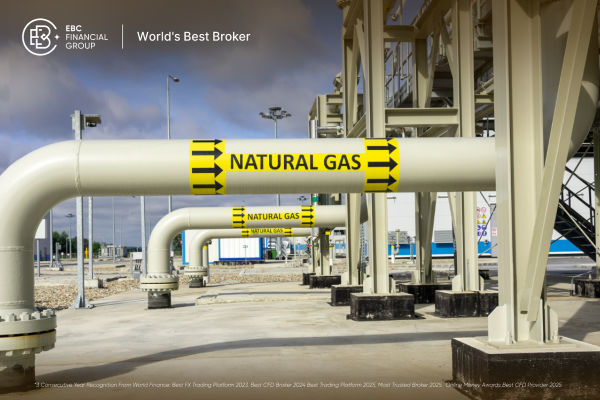In spot gold trading, risk ratio and winning rate are two important concepts.
The risk ratio refers to the ratio of expected risk to expected return for each
transaction, while the winning rate refers to the proportion of profits obtained
in the transaction.

The reward-to-risk ratio is a question that every investor must ponder before
entering the market, because in situations where funds are limited, only by
focusing on big opportunities and concentrating funds to fight a war of
annihilation can there be a possibility of obtaining large profits. Generally
speaking, in order to achieve investment success, the lower the return/risk
ratio of gold, the higher the requirement for a winning rate, while the higher
the return/risk ratio, the lower the requirement for a winning rate. Due to the
fact that the reward/risk ratio of each prediction is only a static picture with
great uncertainty, it is generally necessary to maximize the chance of winning
by more than 50%.
The winning rate is the probability of a profit after buying gold for a
certain period of time, and what is the probability of a profit selling rather
than a loss selling? There is a close relationship between the return/risk ratio
and the winning rate. If an investor has a raw capital of 100000 yuan, they
always choose a market with a return/risk ratio of 3:1 for 10 full positions and
set a stop-loss position of -3% of the buying price, that is, a profit target of
9% of the buying price. Investors can only ensure a small profit by winning
three out of ten trades. The key for investors to make long-term profits in the
market is to be able to accurately evaluate the return/risk ratio and winning
rate of gold; otherwise, they cannot operate easily.
The risk ratio is an indicator that measures the balance between transaction
risk and return. It can help traders evaluate whether the potential returns of a
transaction match the risks they bear. A higher risk ratio means that traders
can achieve higher returns while taking on relatively small risks. On the
contrary, a lower risk ratio may mean that traders need to take on greater risks
in order to obtain relatively small returns.
Generally speaking, a higher risk ratio is often accompanied by a lower
winning rate, while a higher winning rate is often accompanied by a lower risk
ratio. This is because higher risk ratios typically require greater risk-taking,
while higher success rates typically require more conservative trading
strategies.
The key for investors to make long-term profits in the market is to be able
to accurately evaluate the return/risk ratio and winning rate of gold;
otherwise, they cannot operate easily. When conducting spot gold trading, it is
necessary to comprehensively consider the risk ratio and winning rate. An
effective trading strategy should be able to control losses within a reasonable
risk range and achieve stable profits with sufficient trading frequency.
Disclaimer: Investment involves risk. The content of this article is not an investment advice and does not constitute any offer or solicitation to offer or recommendation of any investment product.












